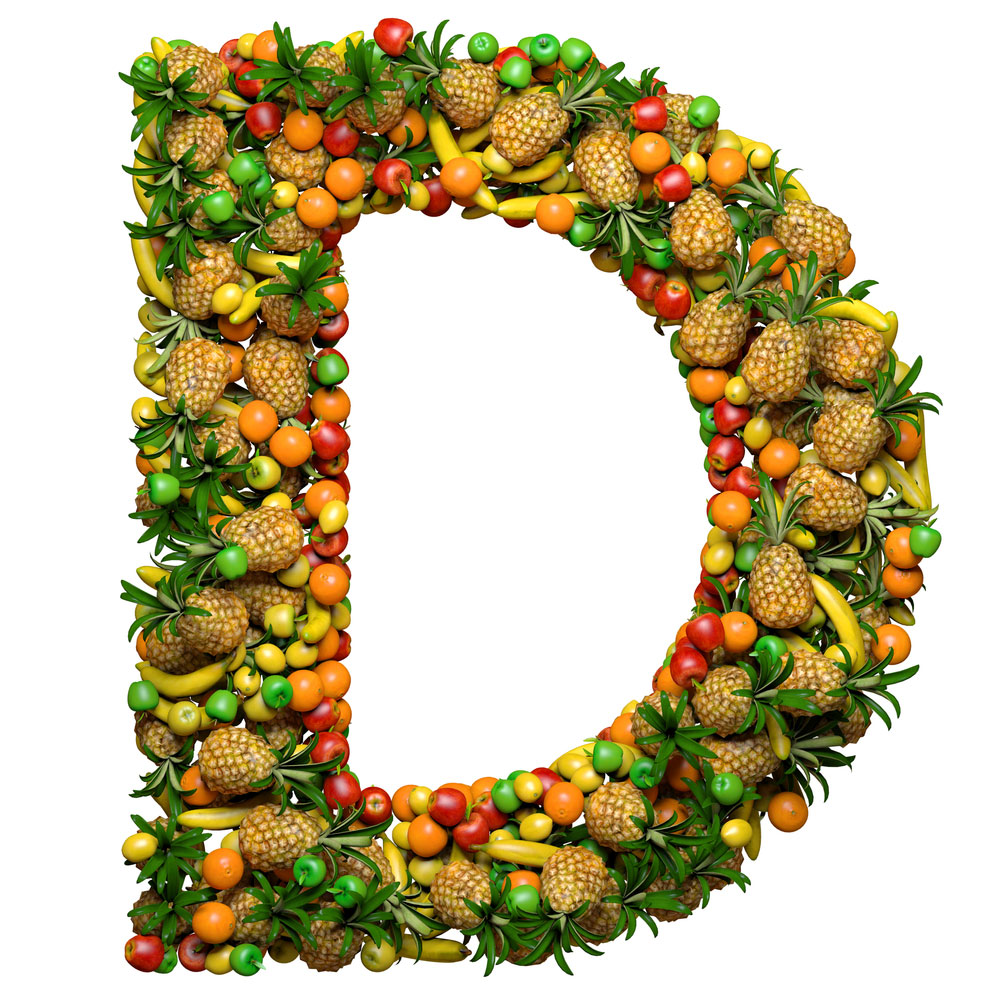A vitamin is an organic molecule (or a set of molecules alongside partnered chemically, i.e. vitamers) that is an vital micronutrient which an organism needs in little quantities for the proper committed of its metabolism. indispensable nutrients cannot be synthesized in the organism, either at every or not in sufficient quantities, and thus must be obtained through the diet. Vitamin C can be synthesized by some species but not by others; it is not a vitamin in the first instance but is in the second. The term vitamin does not add up the three additional groups of essential nutrients: minerals, indispensable fatty acids, and valuable amino acids. Most vitamins are not single molecules, but groups of united molecules called vitamers. For example, there are eight vitamers of vitamin E: four tocopherols and four tocotrienols. Some sources list fourteen vitamins, by including choline, but major health organizations list thirteen: vitamin A (as all-trans-retinol, all-trans-retinyl-esters, as skillfully as all-trans-beta-carotene and other provitamin A carotenoids), vitamin B1 (thiamine), vitamin B2 (riboflavin), vitamin B3 (niacin), vitamin B5 (pantothenic acid), vitamin B6 (pyridoxine), vitamin B7 (biotin), vitamin B9 (folic sour or folate), vitamin B12 (cobalamins), vitamin C (ascorbic acid), vitamin D (calciferols), vitamin E (tocopherols and tocotrienols), and vitamin K (phylloquinone and menaquinones).
Vitamins have diverse biochemical functions. Vitamin A acts as a regulator of cell and tissue addition and differentiation. Vitamin D provides a hormone-like function, amendable mineral metabolism for bones and new organs. The B technical vitamins discharge duty as enzyme cofactors (coenzymes) or the precursors for them. Vitamins C and E performance as antioxidants. Both deficient and excess intake of a vitamin can potentially cause clinically significant illness, although excess intake of water-soluble vitamins is less likely to do so.
Before 1935, the unaided source of vitamins was from food. If intake of vitamins was lacking, the outcome was vitamin want and consequent nonexistence diseases. Then, commercially produced tablets of yeast-extract vitamin B puzzling and semi-synthetic vitamin C became available.
This was followed in the 1950s by the growth production and promotion of vitamin supplements, including multivitamins, to prevent vitamin deficiencies in the general population. Governments mandated auxiliary of vitamins to staple foods such as flour or milk, referred to as food fortification, to prevent deficiencies. Recommendations for folic biting supplementation during pregnancy edited risk of infant neural tube defects.
The term vitamin is derived from the word vitamine, which was coined in 1912 by Polish biochemist Casimir Funk, who isolated a mysterious of micronutrients critical to life, every of which he presumed to be amines. once this presumption was forward-looking definite not to be true, the "e" was dropped from the name. all vitamins were discovered (identified) along with 1913 and 1948.
Vitamin B1 – Functions, Food Sources, Deficiencies and Toxicity
"Vitamin C supplements can stop you getting a cold": myth or reality? DANTEmag
Vitamin B1 – Functions, Food Sources, Deficiencies and Toxicity





No comments:
Post a Comment